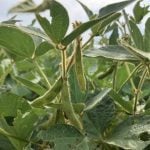
Tag Archives Land management

Comment: The optimal land use breakdown – in theory
Outside any societal factors, what would the world look like if we allocated land ideally?
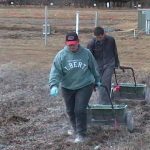
Long-term plot experiment yields new insights
RESEARCH Ninety-year-old rotations show compounding nature of systemic production changes
When one part of an agricultural system is changed, the effects are frequently found in unexpected places. For example, the earliest no-till farmers were hoping for soil conservation benefits. Research now shows fields in long-term no-till require less fertilizer. Miles Dyck, a University of Alberta soil scientist, provided that information at the Manitoba Agronomists’ Conference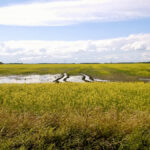
Editor’s Take: A slight depression
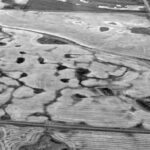
Unique pothole landscape allows annual spring groundwater recharge on Prairies
Landscape depressions capture run-off, enable slow infiltration into earth
Opinion: Hey, genius, mind your own business
The agriculture industry isn’t always interested in some of the good advice it gets
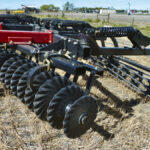
The complicated question of tillage
Despite an urgent need to conserve every drop of water, soil experts say a surprising number of producers are still tilling fields this fall

Turner family recognized for conservation efforts
Though not active farmers, Val and Gordon Turner are keen stewards of their land
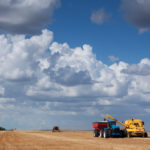
Canadian, Manitoba farmland values higher in 2019
The yearly growth has slowed in recent seasons and that trend is expected to continue

Spreading the word
Pioneers of regenerative agriculture speak in Rosa
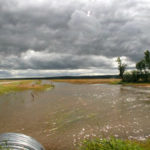
Flooding picture still weather dependent
What happens between now and spring here, and in the U.S. and Saskatchewan, will be the determining factors


